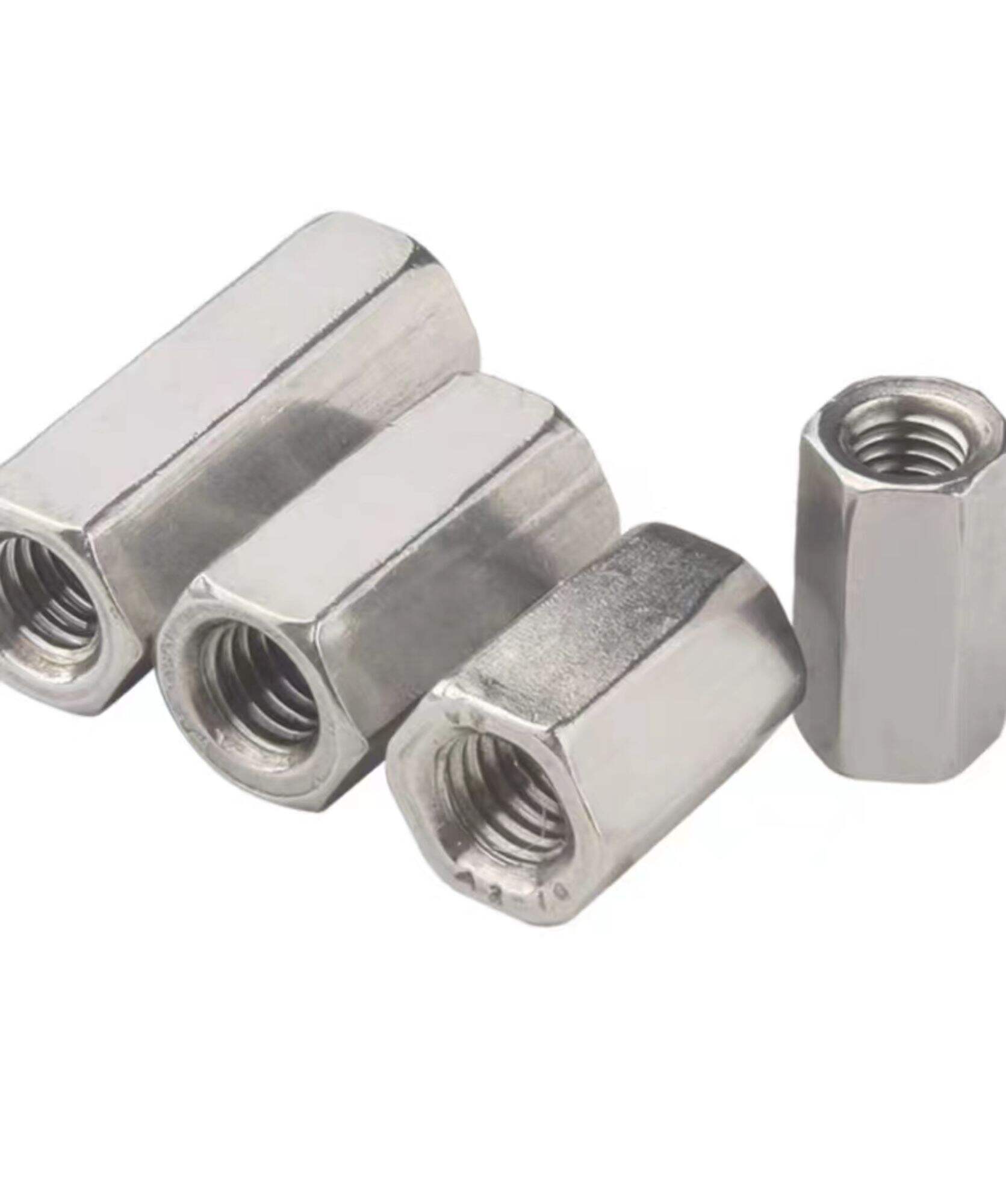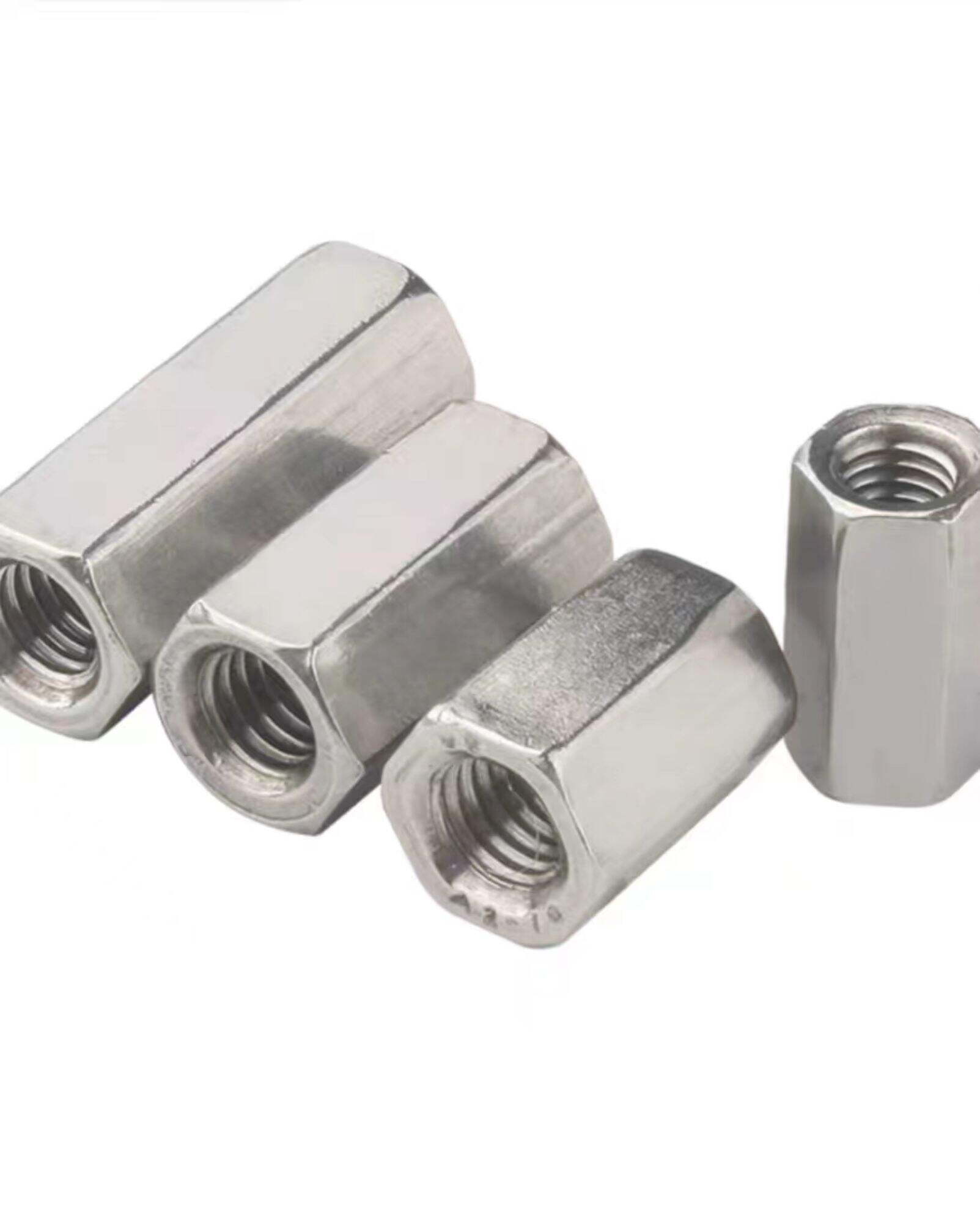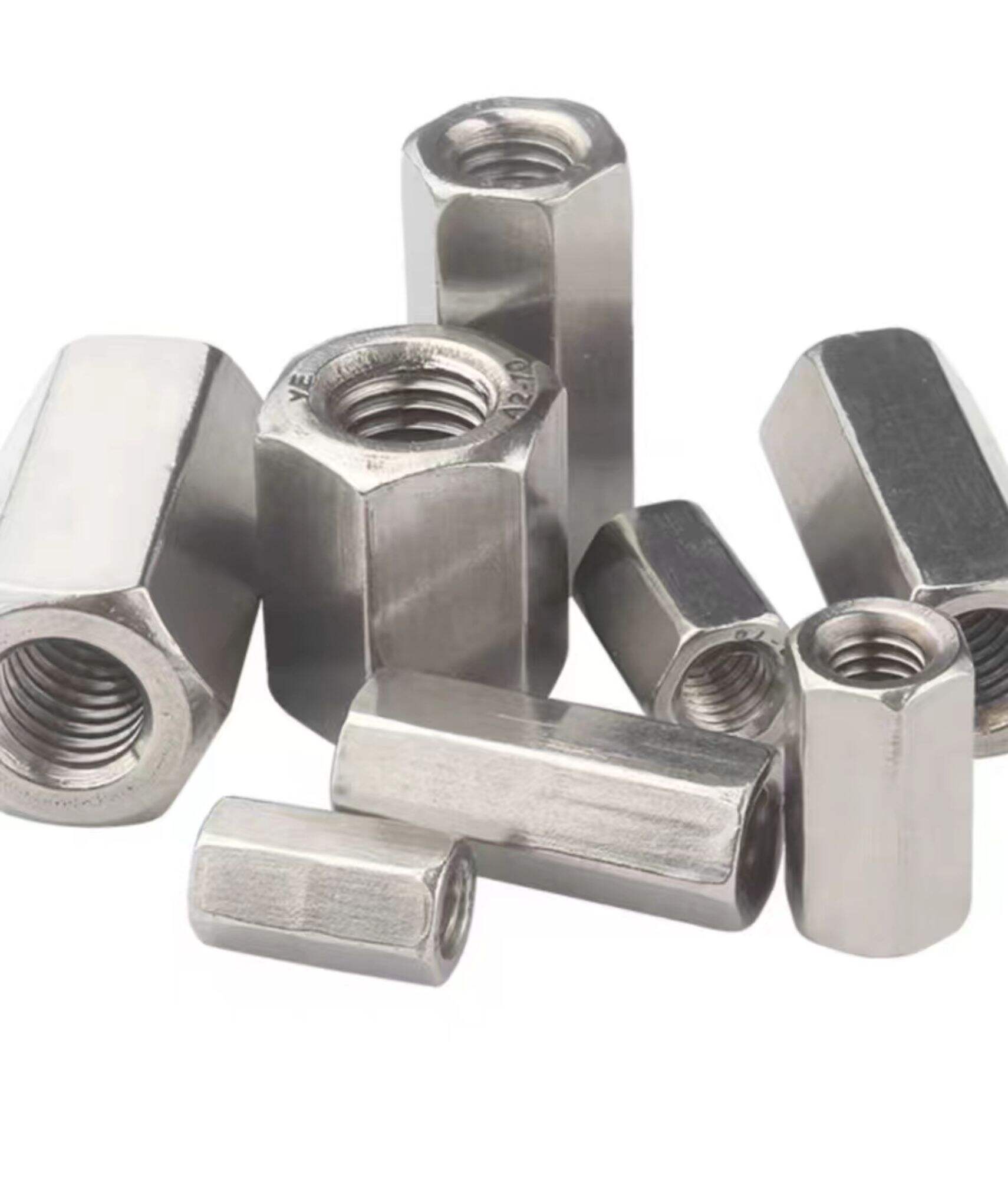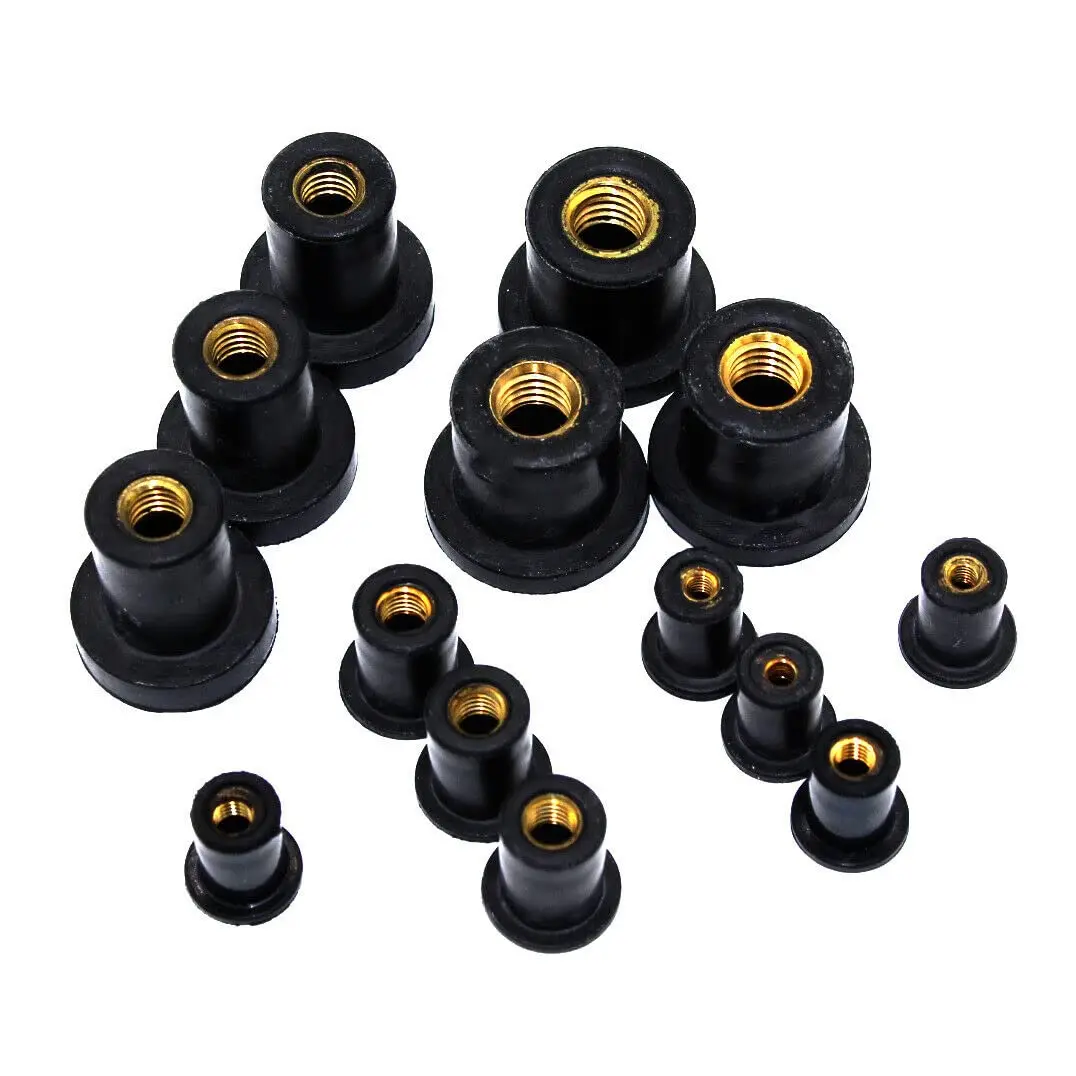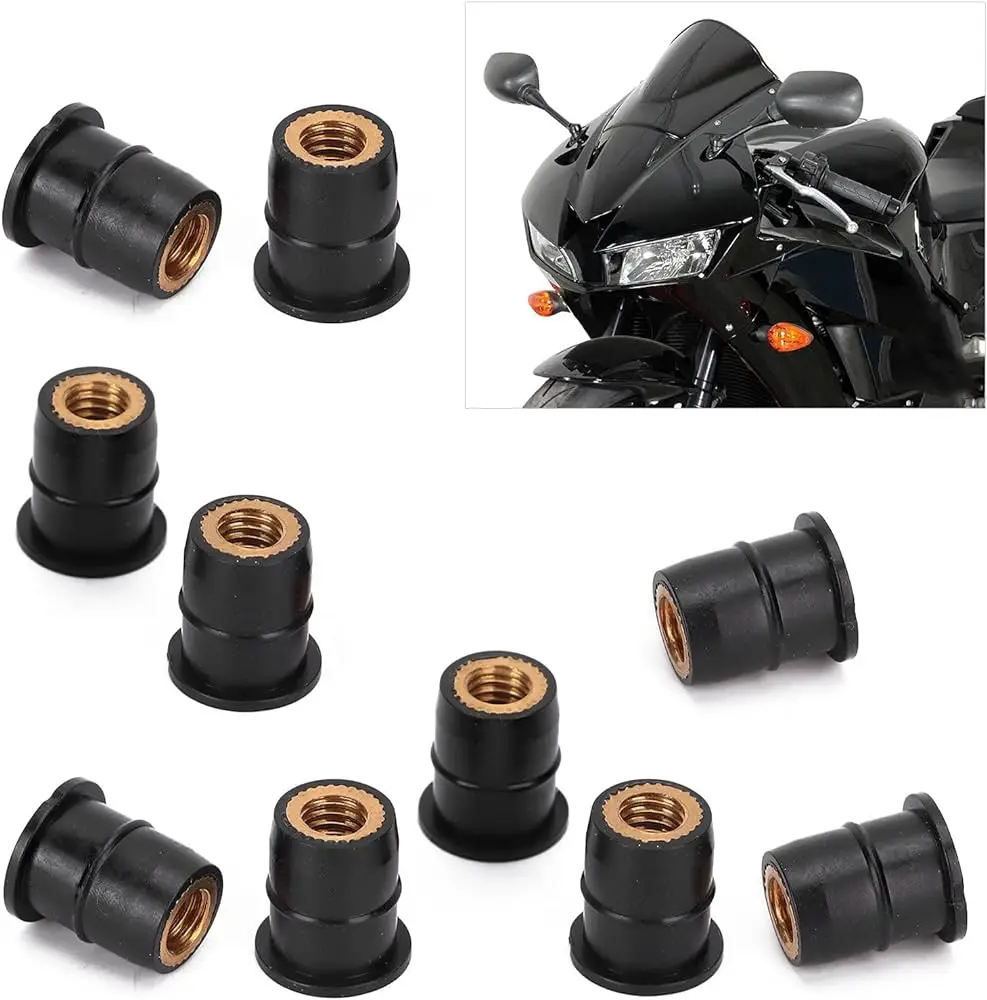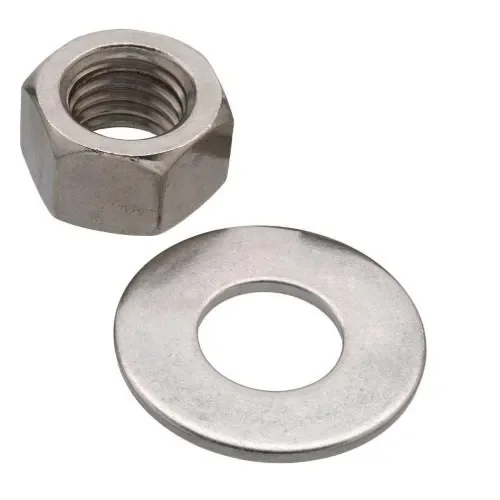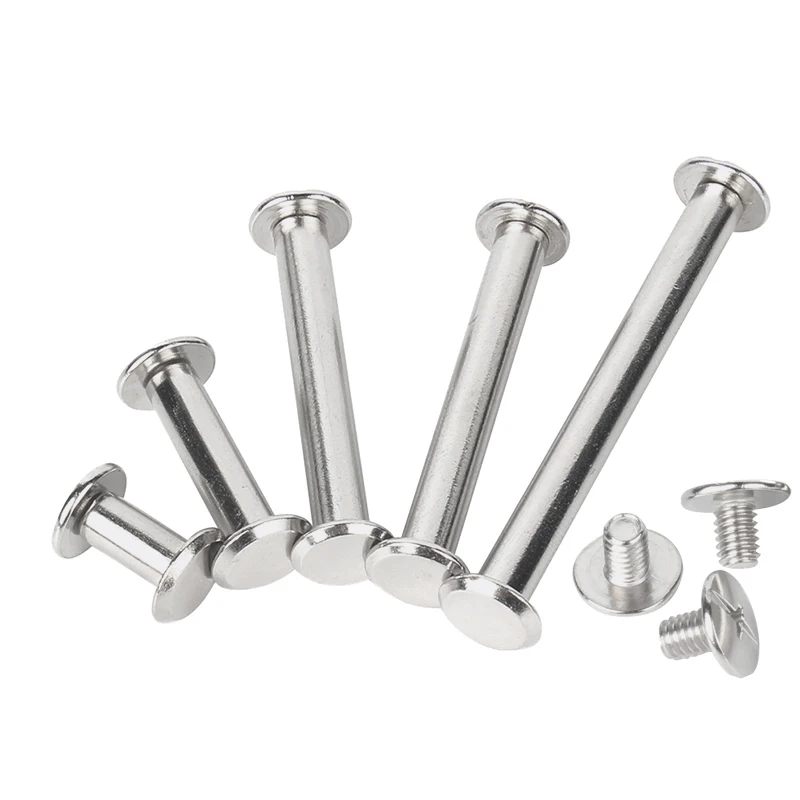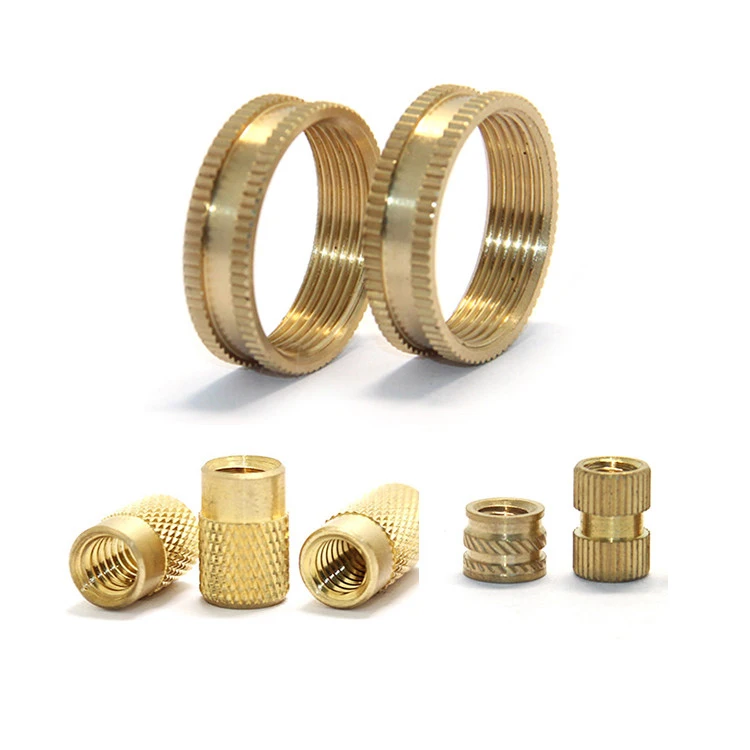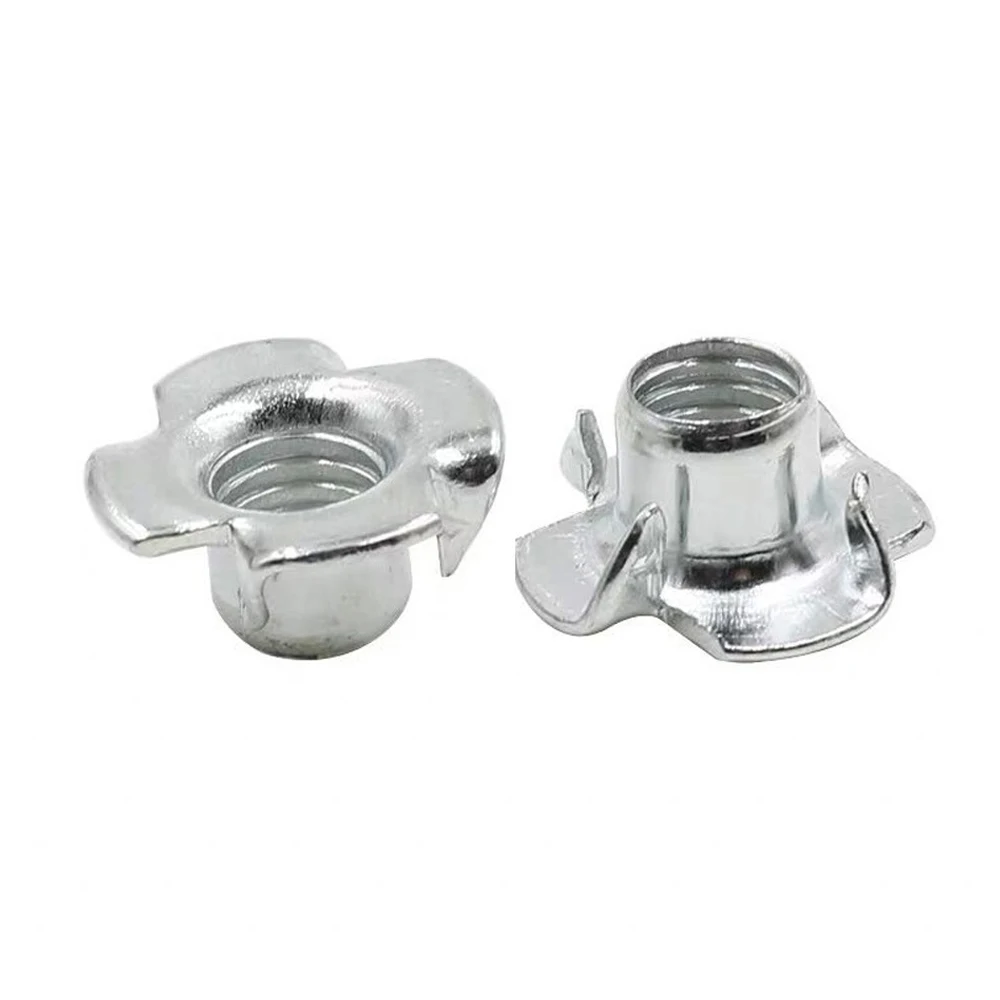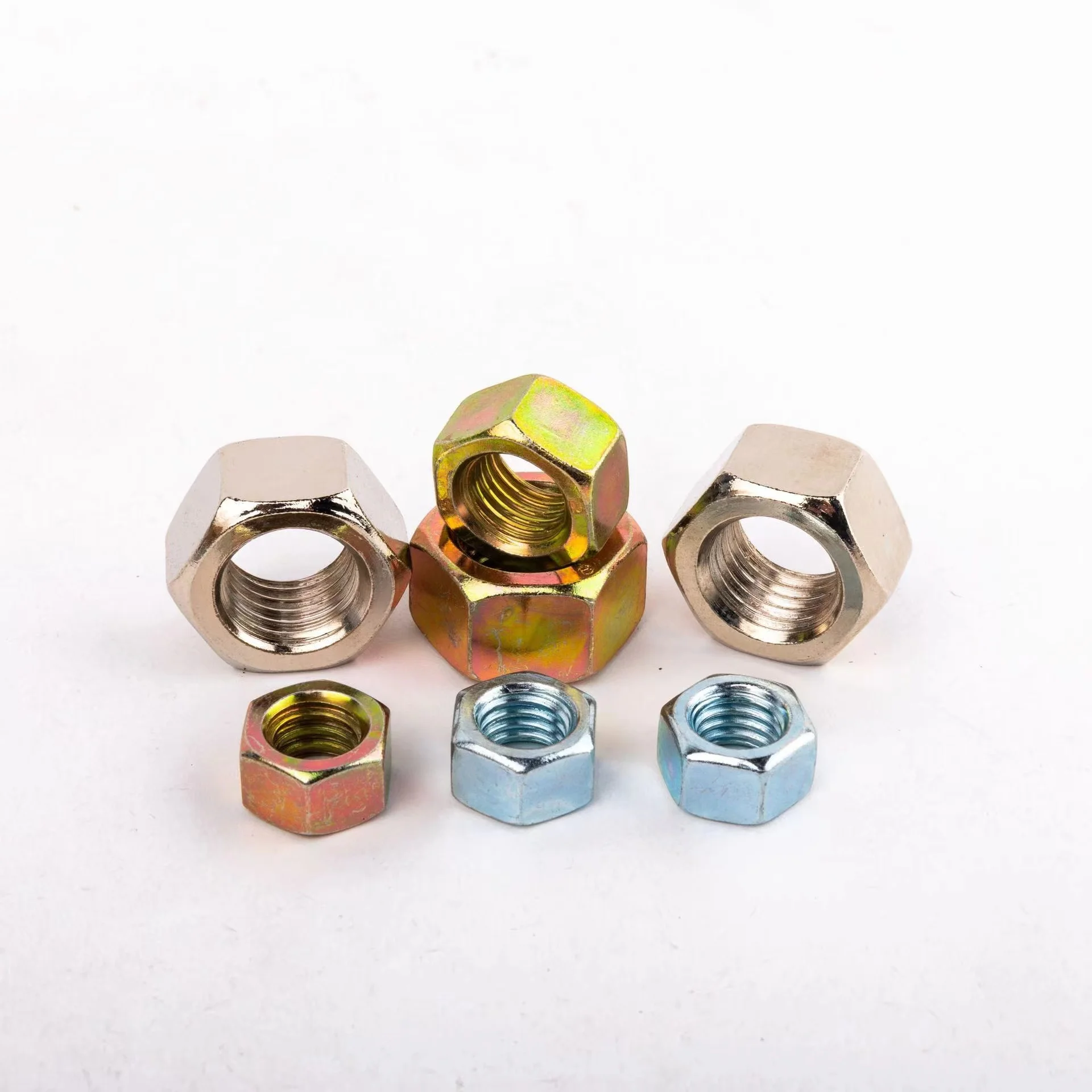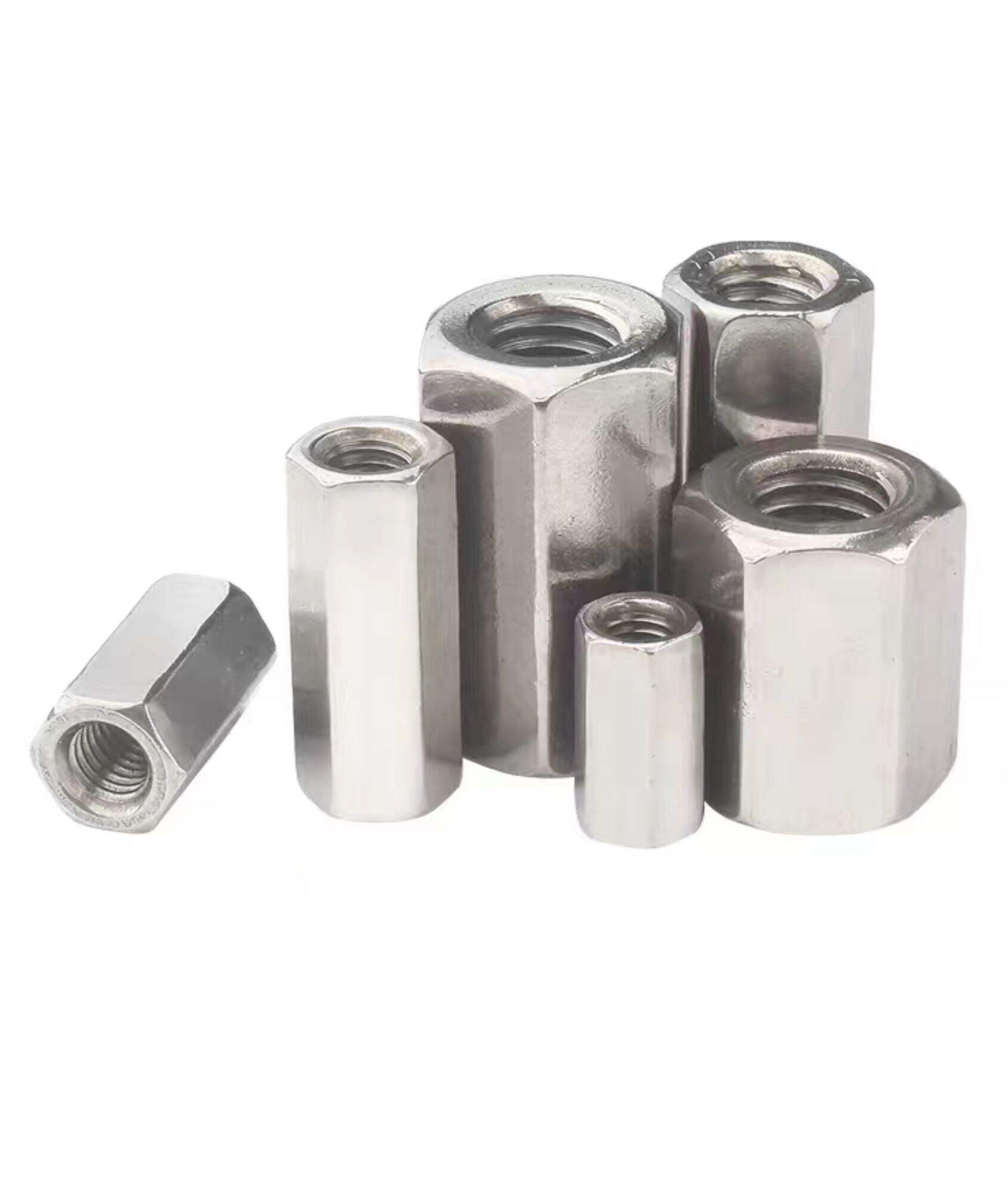
- Overview
- Inquiry
- Related Products
Structure:
The coupling nut is usually a hexagonal structure with internal threads. The bottom of the nut is connected to the coupling, and the top is tightened with a bolt or threaded rod. The design of the nut aims to provide sufficient contact area and tightening force to ensure the stability and transmission effect of the coupling.
Material:
Coupling nuts are usually made of high-strength materials, such as carbon steel, alloy steel, etc. These materials have good mechanical properties and durability, and are suitable for environments that withstand high loads and vibrations.
Dimensions and specifications:
Coupling nuts come in various sizes and specifications to choose from, including thread diameter, pitch, and nut height. The selection of size depends on the model and requirements of the coupling to ensure tightening force and adaptability.
Function:
The main function of the coupling nut is to provide stable coupling connection and transmission effect. By applying the correct tightening force, they ensure that the two ends of the coupling are tightly connected, preventing relative movement and loosening between the shafts. This helps to maintain the accuracy and stability of the transmission.

 EN
EN
 AR
AR
 FR
FR
 HI
HI
 JA
JA
 PT
PT
 RU
RU
 ES
ES
 BN
BN

